- Quick and easy service
Car Rental Bucharest
Search, compare & book!
- Free cancellation Up to 48 hours prior to the scheduled pick up time
- Best price guarantee Have you found a better price? Let us know and we will make you a better offer.
- 24000+ pick-up locations Locations around the world
Car Rental Bucharest
Renting a car in Bucharest is simple with us. We offer the best rates in the market. We offer rental cars worldwide, in over 125 countries and more than 17,000 locations. All inclusive car rental in Bucharest at the best rates - quality service guaranteed!
Car rental offers in Bucharest
Whether you're looking for a small rental car or a station wagon for the entire family, we will always have a suitable vehicle for the lowest price. Below are some examples from our selection in Bucharest.
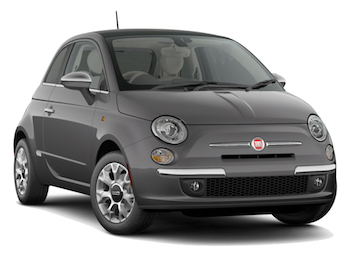
-
PriceCarz From€ 1 /day -
Klass Wagen From€ 4 /day -
wheego From€ 4 /day
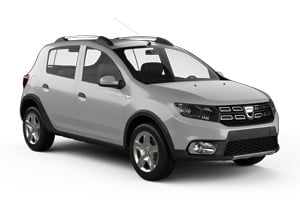
-
PriceCarz From€ 1 /day

-
wheego From€ 5 /day -
Klass Wagen From€ 9 /day
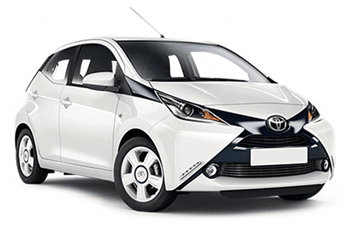
-
addCarRental From€ 3 /day -
Klass Wagen From€ 4 /day -
Payless Car Rental From€ 4 /day
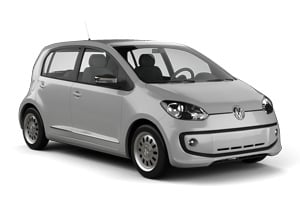
-
SurPrice car rentals From€ 3 /day -
Klass Wagen From€ 4 /day

-
Payless Car Rental From€ 5 /day -
addCarRental From€ 8 /day -
Klass Wagen From€ 11 /day
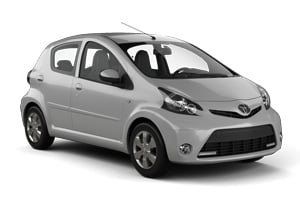
-
Klass Wagen From€ 4 /day

-
Klass Wagen From€ 4 /day

-
Klass Wagen From€ 10 /day
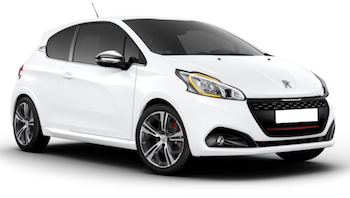
-
PriceCarz From€ 1 /day -
Enterprise From€ 21 /day -
ACE Rent A Car From€ 29 /day
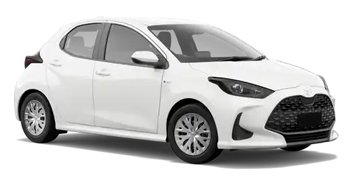
-
PriceCarz From€ 1 /day -
Klass Wagen From€ 4 /day -
Hertz From€ 22 /day
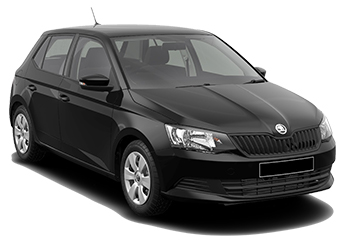
-
wheego From€ 5 /day -
Budget From€ 30 /day -
Avis From€ 32 /day

-
PriceCarz From€ 1 /day -
wheego From€ 4 /day -
Green Motion From€ 7 /day
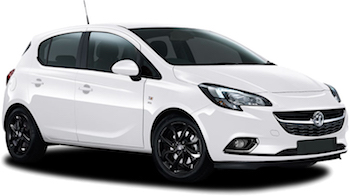
-
addCarRental From€ 3 /day -
Autounion Car Rental From€ 13 /day -
Sixt From€ 15 /day
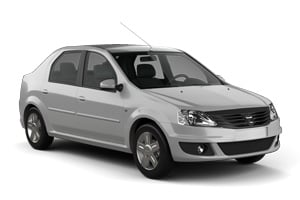
-
Payless Car Rental From€ 5 /day -
wheego From€ 11 /day -
Autounion Car Rental From€ 13 /day
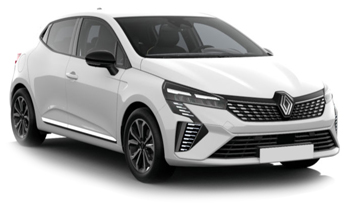
-
addCarRental From€ 3 /day -
SurPrice car rentals From€ 3 /day -
Payless Car Rental From€ 3 /day

-
Payless Car Rental From€ 3 /day -
addCarRental From€ 4 /day -
wheego From€ 5 /day

-
Payless Car Rental From€ 5 /day -
wheego From€ 11 /day -
Sixt From€ 23 /day

-
PriceCarz From€ 1 /day -
wheego From€ 7 /day -
Alamo From€ 24 /day
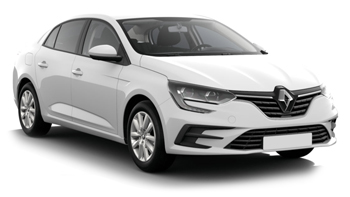
-
PriceCarz From€ 1 /day -
wheego From€ 7 /day -
Green Motion From€ 9 /day
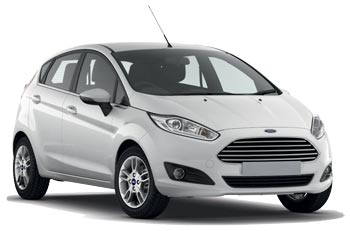
-
Payless Car Rental From€ 5 /day

-
PriceCarz From€ 1 /day -
Klass Wagen From€ 6 /day -
wheego From€ 6 /day

-
PriceCarz From€ 1 /day -
wheego From€ 7 /day -
Carwiz rent a car From€ 9 /day
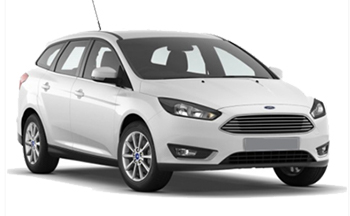
-
Payless Car Rental From€ 5 /day -
addCarRental From€ 10 /day -
wheego From€ 11 /day
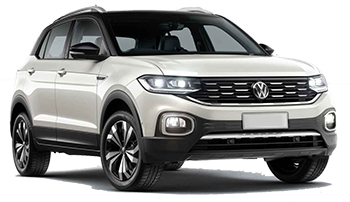
-
PriceCarz From€ 1 /day -
Klass Wagen From€ 6 /day -
Alamo From€ 30 /day
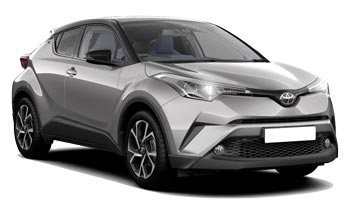
-
PriceCarz From€ 1 /day -
Klass Wagen From€ 10 /day -
Hertz From€ 66 /day

-
wheego From€ 6 /day -
Alamo From€ 29 /day -
Enterprise From€ 32 /day

-
PriceCarz From€ 1 /day -
wheego From€ 9 /day -
Green Motion From€ 13 /day

-
PriceCarz From€ 2 /day -
Klass Wagen From€ 6 /day -
wheego From€ 10 /day
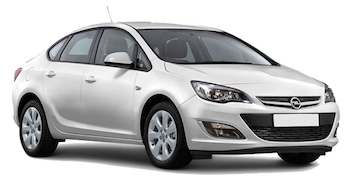
-
Payless Car Rental From€ 5 /day -
Autounion Car Rental From€ 21 /day

-
Payless Car Rental From€ 3 /day -
Autounion Car Rental From€ 21 /day
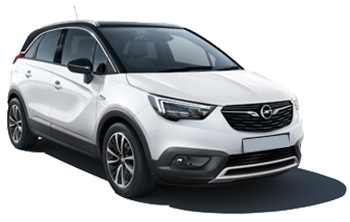
-
Payless Car Rental From€ 3 /day

-
Payless Car Rental From€ 5 /day

-
Payless Car Rental From€ 4 /day -
addCarRental From€ 6 /day -
Autounion Car Rental From€ 21 /day
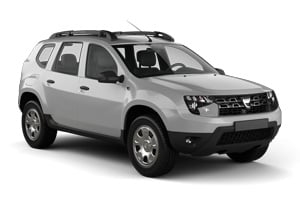
-
Payless Car Rental From€ 4 /day -
Klass Wagen From€ 7 /day -
Green Motion From€ 13 /day
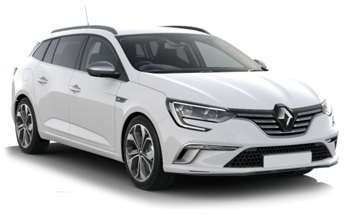
-
Payless Car Rental From€ 6 /day -
addCarRental From€ 8 /day -
Autounion Car Rental From€ 21 /day

-
PriceCarz From€ 2 /day -
Klass Wagen From€ 8 /day -
Alamo From€ 69 /day
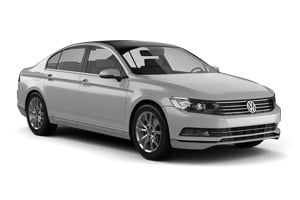
-
PriceCarz From€ 2 /day -
Klass Wagen From€ 21 /day -
Carwiz rent a car From€ 22 /day

-
Payless Car Rental From€ 7 /day -
Autounion Car Rental From€ 28 /day -
Alamo From€ 34 /day
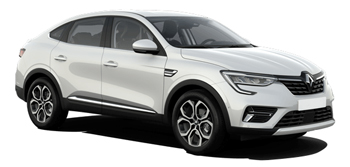
-
PriceCarz From€ 3 /day -
wheego From€ 14 /day
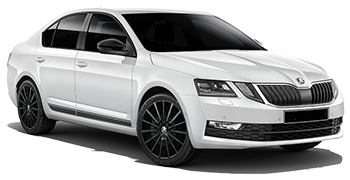
-
addCarRental From€ 5 /day -
Autounion Car Rental From€ 27 /day

-
addCarRental From€ 8 /day -
Autounion Car Rental From€ 27 /day

-
addCarRental From€ 5 /day
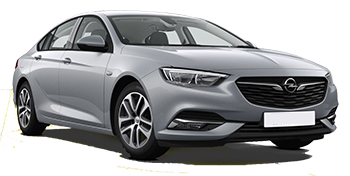
-
addCarRental From€ 5 /day -
Autonom From€ 43 /day -
ACE Rent A Car From€ 77 /day

-
addCarRental From€ 11 /day -
Autonom From€ 42 /day

-
PriceCarz From€ 4 /day -
Green Motion From€ 35 /day

-
PriceCarz From€ 4 /day -
Alamo From€ 49 /day
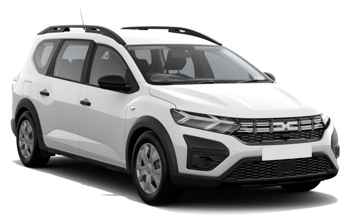
-
Klass Wagen From€ 24 /day
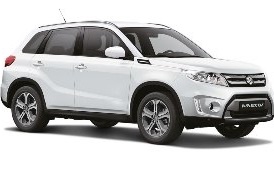
-
wheego From€ 10 /day -
Green Motion From€ 29 /day -
Alamo From€ 76 /day

-
Klass Wagen From€ 11 /day
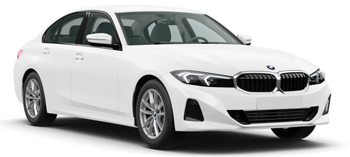
-
Payless Car Rental From€ 32 /day -
Autounion Car Rental From€ 171 /day

-
PriceCarz From€ 15 /day -
Budget From€ 117 /day

-
Budget From€ 37 /day

-
Payless Car Rental From€ 26 /day -
addCarRental From€ 28 /day -
Autounion Car Rental From€ 162 /day
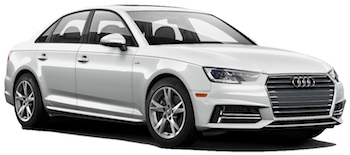
-
PriceCarz From€ 8 /day -
wheego From€ 13 /day

-
PriceCarz From€ 8 /day -
Klass Wagen From€ 26 /day -
Green Motion From€ 47 /day

-
wheego From€ 18 /day

-
PriceCarz From€ 9 /day -
wheego From€ 13 /day
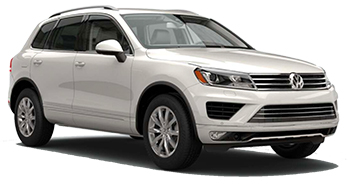
-
PriceCarz From€ 13 /day
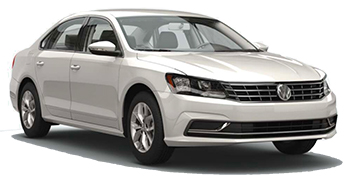
-
Klass Wagen From€ 30 /day

-
PriceCarz From€ 15 /day -
Budget From€ 129 /day -
Autounion Car Rental From€ 190 /day

-
addCarRental From€ 44 /day -
Autounion Car Rental From€ 210 /day

-
Klass Wagen From€ 18 /day

-
PriceCarz From€ 1 /day -
wheego From€ 7 /day -
Alamo From€ 24 /day
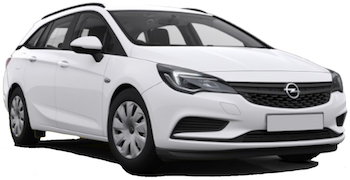
-
Payless Car Rental From€ 3 /day -
addCarRental From€ 4 /day -
Autounion Car Rental From€ 17 /day

-
wheego From€ 6 /day -
Alamo From€ 29 /day -
Enterprise From€ 32 /day
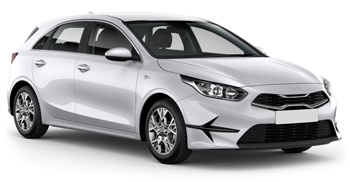
-
addCarRental From€ 4 /day -
Sixt From€ 34 /day
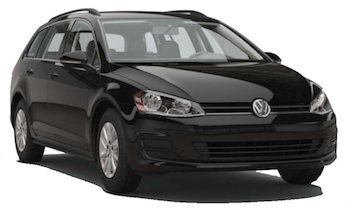
-
Klass Wagen From€ 6 /day

-
Payless Car Rental From€ 7 /day -
addCarRental From€ 11 /day -
Autounion Car Rental From€ 17 /day

-
Klass Wagen From€ 6 /day -
wheego From€ 7 /day -
Autounion Car Rental From€ 17 /day
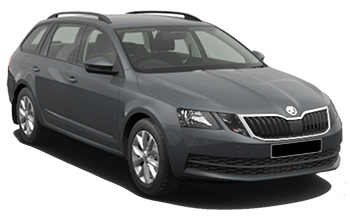
-
Payless Car Rental From€ 6 /day -
Carwiz rent a car From€ 13 /day

-
Payless Car Rental From€ 11 /day
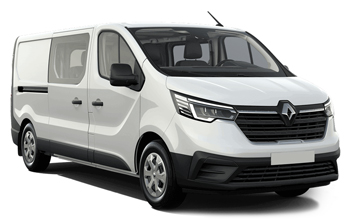
-
wheego From€ 22 /day -
PriceCarz From€ 36 /day -
Klass Wagen From€ 41 /day

-
wheego From€ 26 /day -
Klass Wagen From€ 72 /day -
Enterprise From€ 108 /day
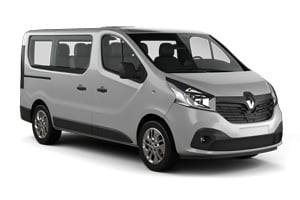
-
PriceCarz From€ 29 /day -
Klass Wagen From€ 44 /day -
Autounion Car Rental From€ 51 /day
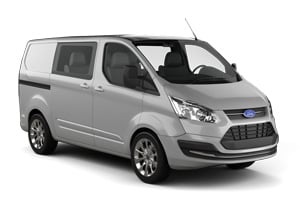
-
Klass Wagen From€ 32 /day -
Hertz From€ 102 /day
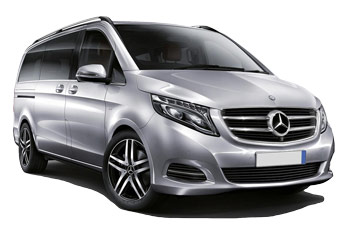
-
Payless Car Rental From€ 44 /day -
addCarRental From€ 119 /day -
Autounion Car Rental From€ 145 /day

-
Payless Car Rental From€ 38 /day -
addCarRental From€ 98 /day -
Green Motion From€ 105 /day
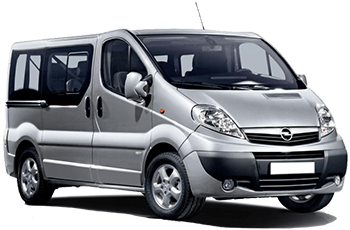
-
Autounion Car Rental From€ 50 /day -
Alamo From€ 70 /day -
Enterprise From€ 115 /day

-
Autounion Car Rental From€ 45 /day -
Alamo From€ 84 /day -
Enterprise From€ 121 /day

-
Autounion Car Rental From€ 52 /day -
Klass Wagen From€ 81 /day -
Europcar From€ 87 /day

-
PriceCarz From€ 1 /day -
Klass Wagen From€ 4 /day -
wheego From€ 7 /day

-
PriceCarz From€ 1 /day -
Klass Wagen From€ 10 /day -
Alamo From€ 32 /day

-
Payless Car Rental From€ 5 /day
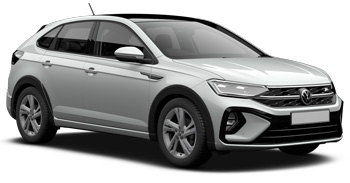
-
PriceCarz From€ 1 /day -
Klass Wagen From€ 15 /day -
Green Motion From€ 16 /day

-
PriceCarz From€ 1 /day -
wheego From€ 6 /day -
Budget From€ 30 /day

-
Payless Car Rental From€ 7 /day -
addCarRental From€ 9 /day -
Klass Wagen From€ 19 /day

-
PriceCarz From€ 3 /day -
addCarRental From€ 10 /day -
wheego From€ 14 /day

-
Payless Car Rental From€ 3 /day

-
addCarRental From€ 9 /day
Car rental companies in Bucharest
Below are the car rental companies in Bucharest with the best ratings. Compare all ratings and prices of these rental companies in one search.
-
Sixt
From€ 14 / day -
Alamo
From€ 19 / day -
Enterprise
From€ 20 / day -
Europcar
From€ 31 / day -
Avis
From€ 24 / day -
Autounion Car Rental
From€ 12 / day

When is the best time to book a rental car in Bucharest?
Car rental companies in and around Bucharest
Information about Bucharest
Romania's capital breathes history, but also looks - since the fall of communism - optimistically ahead to the future. The past is visible in the many historical buildings. From imposing mansions from the time of the principality of Wallachia to churches from the Byzantine period, modernist architecture from the thirties of the last century to even the monstrous buildings from dictator Ceaucescu.
The main example of the latter is the Parliament House (Palatul Parlamentului). Inspired by the North Korean building style, this is the second largest government building in the world (after the Pentagon). Guided tours are given, focussing mainly on the paranoia of Ceaucescu. For example the largest room (Sala Unirii) has a sunroof, large enough to facilitate the landing of a helicopter. The National Art Museum (Muzeul National de Arta) is housed in a glass wing of the Parliament building, with works by Italian, German and Dutch master painters. Romanian art is housed in the Zambaccian Museum. It also includes works by Picasso, Cézanne, Delacroix, Renoir and Matisse.
Ceaucescu fell on 21 December, 1989 when tens of thousands of people gathered at Revolution Square (Piata Revolutiei). The dictator thought they came to show their support after the deposition of an uprising in the town of Timisoara. But when the dictator appeared on the balcony, people began to chant the name of that town. End of Ceaucescu. On the square is a memorial to the rebirth of Romania, which is incidentally mockingly referred to as "olive on a toothpick".
You can wander for hours in the old historical town. The heart is formed by the ruins of the Old Royal Court (Curtea Veche) and the church which used to be attached to it, the oldest of Bucharest. North of here is the district of Lipscani, traditionally a neighborhood of merchants. Here is the Biserica Stavropleos too, undoubtedly the most beautiful church of the Romanian capital. You can admire eighteenth century icons and murals in a building next to it.
Bucharest has one of the oldest and best open air museums in the world. In the Village Museum (Muzeul Satului) you get a good impression of the former rural life in Romania. This museum lies in the Herestrau Park which, together with the floral garden Expoflora and the Rose Island is a definite must for flower lovers. But don't forget to visit the streets around the park, where some beautiful houses are: from neoclassical architecture from the nineteenth century to Art Nouveau from the twentieth century. This is the elite district of Bucharest, past and present. Another park is in the heart of the city, the Cismigiupark, which includes busts of Romanian writers and a monument to the French soldiers who died in Romania during the First World War.
In and around Bucharest
The city's region is dotted with lakes. In one of those lakes, 15 kilometers east of Bucharest, lies the Cernica Monastery on an island. This monastery dates back to the seventeenth century and functioned as a training center for making religious art in the nineteenth century. The monastery was closed just after the Second World War, but inhabited again by some 80 monks since 1995. After visiting the monastery you can enjoy a lovely swim in the lake.
Twenty kilometers north of the Romanian capital, in Snagov, lies another monastery on a small island. This is where Count Vlad III is buried, who would later become known in books and films as Dracula. The route to the monastery isn't marked very clearly, and of course you can only reach the island by boat.
Further north lies Sinaia, in the Carpathian, with the Peleş Castle, the summer residence of King Carol I. The famous Romanian composer George Enescu spent his summer months here. His house is now a museum. There is another museum dedicated to Enescu in Bucharest, housed in a stunning neoclassical building. In the surroundings of Sinaia you can make beautiful hikes through the mountains or indulge in one of the hot tubs. Sinaia is Romania's largest ski area in the winter.
Parking
With the fall of communism and the economic recovery of Romania the traffic in the city has increased significantly. Around the old town it busy and chaotic. For safety reasons we recommend against parking your car on the street. There are several parking garages around the center, although the route to them is not always clearly indicated.
Airport
Henri Coandă International Airport is the largest airport of Bucharest and is situated 16 kilometers north of the Romanian capital, in Otopeni. The airport is easily accessible with a rental car: it lies along the main national road (DN 1) that runs from the capital to the airport. The exit to the airport is clearly indicated.
The smaller airport Arel Vlaicu is closer to Bucharest (8 kilometers from the city center) and is mainly used for charter and budget flights.